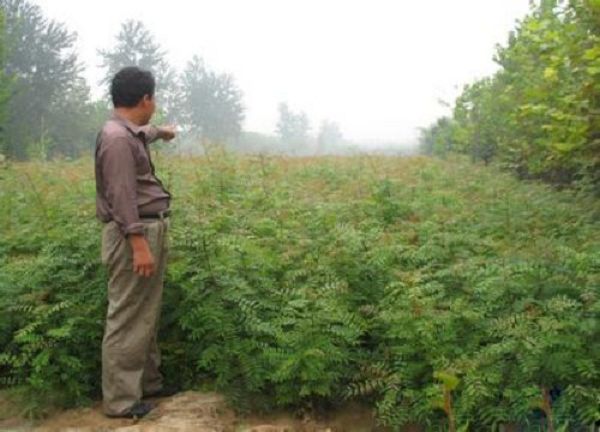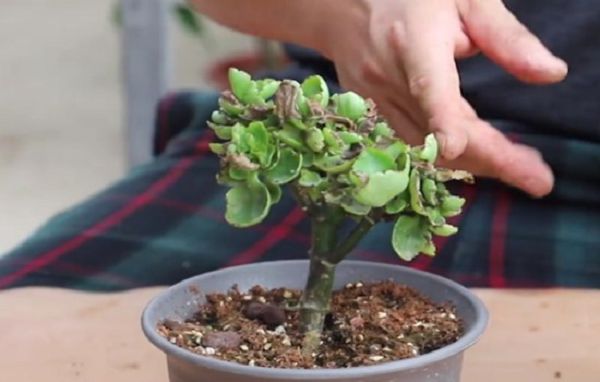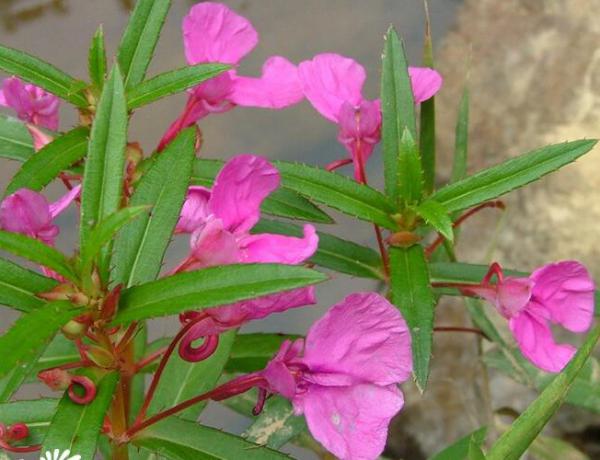Maintenance and management of Pistacia chinensis bonsai

Because of the high content of volatile aromatic oil in the leaves of Coptis chinensis, it can emit rare and peculiar olive aroma into the air, and the leaves can absorb and absorb a large number of harmful gases such as SO2 and soot in the air, as indoor bonsai, put on the desk, windowsill, balcony and other places, can effectively purify and refresh the air, which is beneficial to people's physical and mental health.
As long as you follow the following method, after years of cultivation, modeling and careful maintenance of Pistacia chinensis wood, you can produce an excellent ornamental bonsai with a crown.
Pistacia chinensis likes light, warmth and cold, and the seedlings are sun-resistant. The bonsai should be placed in a sunny, ventilated and moist place. Summer can not lack of water exposure, winter to move into the greenhouse or the building closed better balcony overwintering, usually pay attention to keep the basin soil moist.
During the growth period, the management of fertilizer and water should be strengthened, and thin cake fertilizer or cooked human feces should be applied every 20-30. Attention should be paid to the treatment of cutting off the top and limiting height of seedlings in each growing season so as to promote the development of seedlings to the direction of short and strong.
Bonsai should be pruned in time in autumn and winter, according to different appreciation requirements, thinning, short cutting, retraction and other means should be used to cut off excess side branches, parallel branches, cross branches, over-dense branches, long branches and withered branches, highlight the trunk and enrich the appreciation branches. make it have a higher artistic style.
Pistacia chinensis is dioecious, so attention should be paid to the proportion of female and male plants in the production of bonsai. Male branches and buds can also be grafted on female branches, combined with artificial pollination to improve fruit setting rate and seed setting rate, so that the same bonsai can achieve the multiple effects of leaf viewing, flower viewing (female and male inflorescence), fruit viewing and tree stump viewing at the same time.
Pistacia chinensis has strong resistance to stress, drought and barren, lax requirements on soil, deep roots, strong wind resistance, strong sprouting ability, strong resistance to sulfur dioxide, hydrogen chloride and soot, strong repellent and insecticidal effects of volatile aromatic compounds in leaves and bark, and few diseases and pests.
- Prev

Longevity flower leaves are scorched yellow, how to return a responsibility?
Longevity flower leaves are scorched yellow, how to return a responsibility?
- Next

Culture methods and matters needing attention of Impatiens balsamina
Culture methods and matters needing attention of Impatiens balsamina
Related
- Fuxing push coffee new agricultural production and marketing class: lack of small-scale processing plants
- Jujube rice field leisure farm deep ploughing Yilan for five years to create a space for organic food and play
- Nongyu Farm-A trial of organic papaya for brave women with advanced technology
- Four points for attention in the prevention and control of diseases and insect pests of edible fungi
- How to add nutrient solution to Edible Fungi
- Is there any good way to control edible fungus mites?
- Open Inoculation Technology of Edible Fungi
- Is there any clever way to use fertilizer for edible fungus in winter?
- What agents are used to kill the pathogens of edible fungi in the mushroom shed?
- Rapid drying of Edible Fungi

